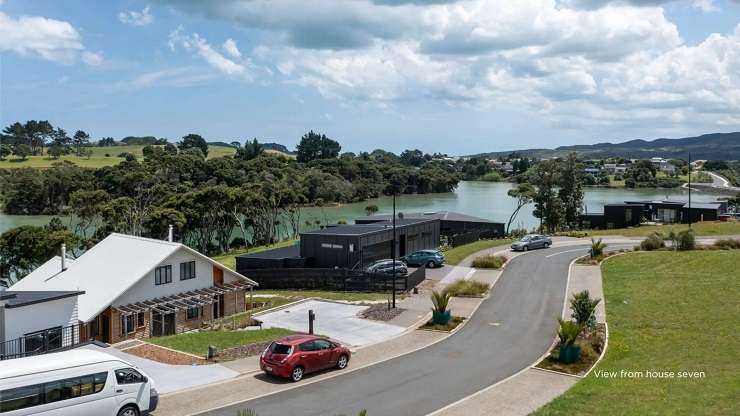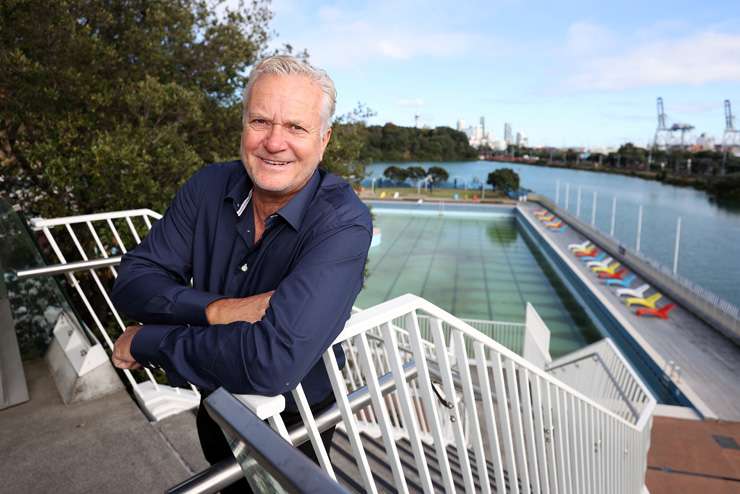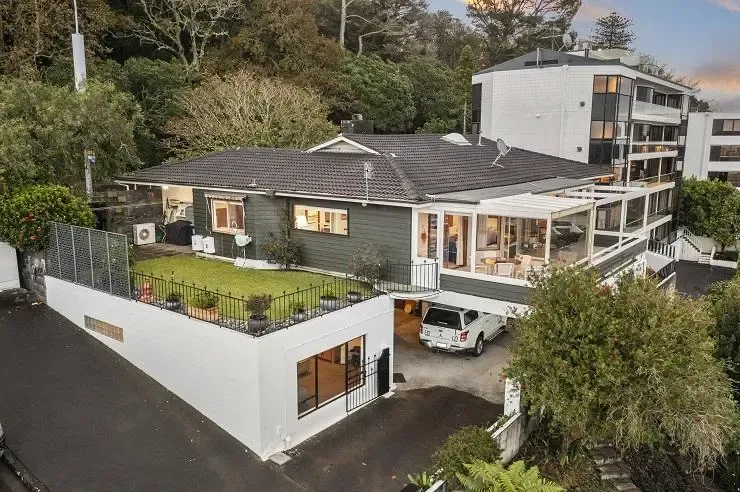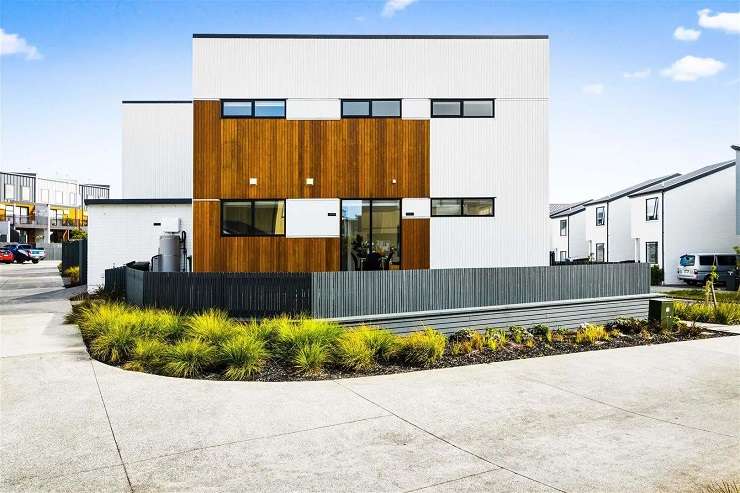A ban on cats, big dogs and very specific rules around what plants to use or colour to paint the house are some of the growing covenants popping up in new developments.
The increasing number of rules slapped on homeowners is being driven by a need to protect the natural wildlife and coastal environment where these homes are being built, while others are aimed at creating a consistent feel within a subdivision.
Hamilton-based property lawyer Thomas Gibbons said cat bans are coming up more and more both in the planning provisions and in covenants.
And it’s extra covenants like this that have seen them go from being a couple of lines in the 1990s to now filling 10 to 15 pages on a property title for Greenfields developments.
Start your property search
And on top of covenants, which can include anything from banning cats to the length of the grass, there are often also design guidelines in place too, he said.
Gibbons said it was important for property owners to understand who the covenant restricts, who benefits from it, who they can be enforced by and what remedies are in place.
While there is an ability to go to court to get them changed, he said it is expensive and not guaranteed.
Read more:
- House surrounded by skips and scaffolding sells for $1.136m
- Housing shortage in Auckland’s ‘hole-in-the-ground suburb’ pushes sale price above $2m
- Iconic tiny home for sale for over $1.3m
In most cases, it is up to the other owners in the subdivision to enforce the covenants, but since 2018 there’s also been the ability for it to benefit a specific person such as the developer rather than it being attached to the land.
“Some developers do that so they can only do it.”
Telos Group and Paterson Luxury director Caleb Paterson said having rules around pets is common, particularly on some of the farm and country estates, such as one his agency is selling at 95 Ahumoana Road in Weiti Bay, Okura, which is surrounded by wildlife and fauna.
Several newer lifestyle estates such as Weiti Bay and Rangitahi Peninsula in Raglan have introduced a no-cat policy to protect the surrounding wildlife.
The new Peacocke development south of Hamilton is one of the first urban subdivision to ban cats after the Environment Court recommended it as a way of protecting native bats from extinction.
“The challenge with cats is they obviously just wander and are a lot harder to pin down if that makes sense,” Paterson said.
While the pet rules mostly relate to cats, he’s also seen a covenant allowing small dogs but not big ones.
Paterson said one of his buyers decided against building in Weiti Bay because they did not want to part with the family cat.
“For some people it’s [a] deal breaker, for other people it’s a selling point.”

Homeowners planning to build on a section like this one at 95 Ahumoana Road in Weiti Bay in Okura are not allowed cats to protect the wildlife. Photo / Supplied

The new Rangitahi Peninsula coastal subdivision in Raglan does not allow cats as part of its commitment to be a sustainable neighbourhood. Photo / Supplied
Covenants also extend to what can be built and include restrictions around the type of buildings that can be constructed, the minimum size of the building, the types of materials that can be used and if a shed is allowed.
Paterson said the weirder and wackier covenants tend to crop up when homeowners have bought a neighbouring section and then added rules to protect their own property.
“I’ve seen one where they have to get permission from the neighbours to do anything on the property outside the four walls,” Paterson said.
Rangitahi Peninsula near Raglan is another subdivision where cats aren’t welcome. Earlier this year a Hamilton homeowner included his cat Mark in the sale of his Elizabeth Street home because he was relocating to Rangitahi Peninsula and could not keep him.
Its extensive list of covenants also requires a neutral colour palette and insists that natural materials such as cedar be used.
Bayleys salesperson Rachel Waldegrave, who is selling two-to-four-bedroom townhouses in the subdivision's West Village, said it has marketed itself as a place that has environmental awareness so most buyers are on board with rules in place to support that.
“I think because of that people get that concept and they like it, that’s part of the reason they are purchasing in a place like that so having covenants that are going to protect the birdlife is not an issue for too many people.”

Ray White agent Ross Hawkins said covenants make sense and future-proof the value of high-end developments. Photo / Fiona Goodall

A house on Remuera Road sold for $7.1m with a covenant preventing the neighbour from building up and blocking their view. Photo / Supplied
Ray White agent Ross Hawkins said covenants were a smart move not only to protect the wildlife but to create cohesion throughout a development.
“It’s a really important thing for future value-proofing high-end or quality developments.”
Hawkins said covenants were more common in higher-end developments as they can sometimes make it more expensive for owners to build in the proposed style and materials.
“It’s not unlike Millbrook Resort (in Queenstown) – you drive through Millbrook and you see a standard roofline and a contour of roofs that look really nice and alpine together, but if you had some big flat roof houses in amongst it, they would just really stand out and destroy the integrity of the whole development.”
He’s selling several sections in The Reserve in Okura where the owners can only build one dwelling despite the sections being about four hectares. The Todd Property Group development also has rules around view protection and quality.
Some properties have rules around how far back from the beach you can build due to natural coastal erosion or sea level rises, while others dictate the height of a building for view protection.

Properties in Hobsonville Point such as this townhouse at 7 Frank Gill Road have covenants to make sure the area stays attractive and well-maintained. Photo / Supplied
Hawkins said the main attraction of a 1970s home on Remuera Road that sold for $7.1m last month was the covenant on the house in front that protected the property’s impressive views of the city skyline, the Hauraki Gulf islands to the Coromandel Peninsula and south to the Bombay Hills.
“That was where the real value in that property was – the fact that its view could never be built out. If it didn’t have a high covenant on the house in front of it and it could lose its view in the future, it wouldn’t have gone anywhere near the value that it did.”
But covenants also exist in newer higher-density subdivisions such as Hobsonville Point to ensure the area remains attractive.
Harcourts Hobsonville Point salesperson Anna Byron said the covenants can include a range of things like the type of hedging planted along the front boundary, ensuring air-con/heat pump units are not visible from the street or pathway to the colours the homes are painted.
A lot of their buyers are specifically looking for homes in the Hobsonville area and are aware that covenants are in place to keep the area maintained and looking fantastic, she said.
“They, like we do, believe they are a clever and necessary way to keep the area on a whole up to the impressive standard it was originally designed to be.”
All Hobsonville Point properties including 6 Sacred Kingfisher Road and 21 Saltmarsh Road fall under the Hobsonville Point Residents Society and require owners to pay a fee of $150 a year which go towards maintaining parks, common areas and funding projects such as a shade sail over a children’s water park.
While other houses such as 7 Frank Gill Road and 8 Raranga Road, which are currently for sale, are also part of laneway societies that have their own set of rules and restrictions for the properties.
- Click here to find properties for sale













































































